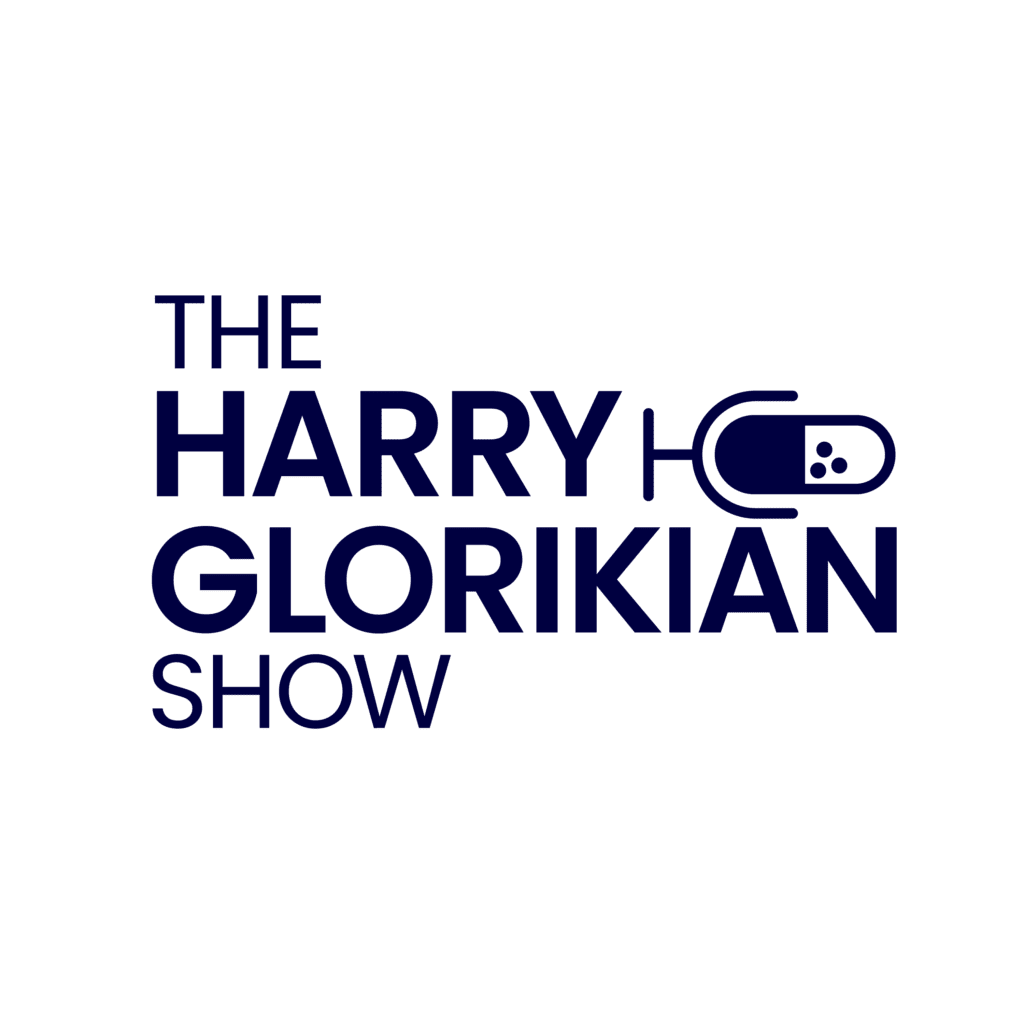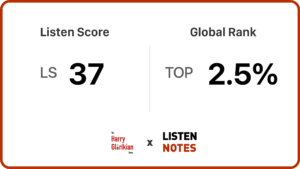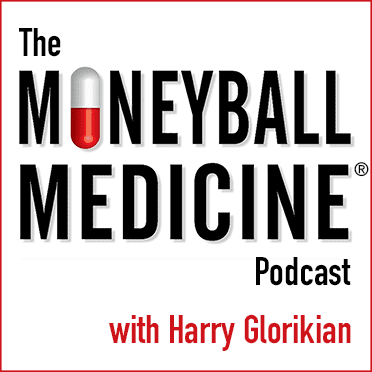
The Harry Glorikian Show
At The Harry Glorikian Show, I, Harry Glorikian, am your host. In short, I have talks with leaders in the healthcare & life sciences industry about the ongoing data-driven transformation of their industry.
From new ways to diagnose & treat patients, bring down costs & creating new value, all the way to AI algorithms that increase efficiency & accuracy, better data is revolutionizing healthcare.
I turn to doctors, hospital administrators, IT directors, entrepreneurs, & others for help mapping out the changes & their impact on everyone from patients to researchers.
Welcome to the show!


